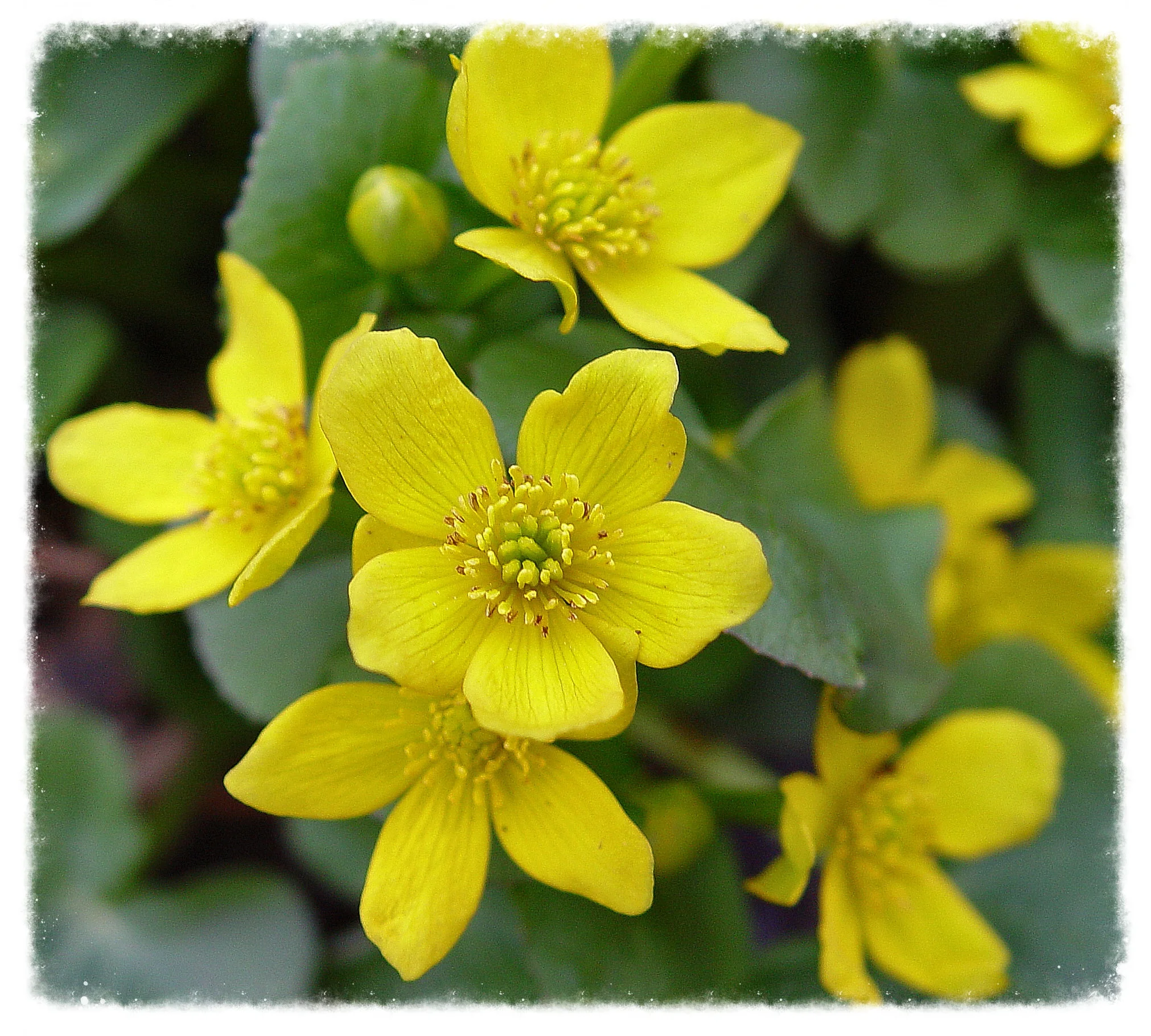Threats to Native Plants
According to the U. S. Dept. of Agriculture’s National Invasive Species Information Center (NISIC), an ‘”invasive species is a species non-native to the ecosystem under consideration and whose introduction causes or is likely to cause economic or environmental harm or harm to human health.” Invasive plants often do this by crowding out native species. One study cited by the NISIC estimates that the total costs of invasive plants and other invasive species in the United States, for such things as control costs and forage loss, amount to more than $100 billion each year.
Ohio has approximately 2700 species of plants, of which 1800 are considered native and the remaining alien, many becoming quite acclimated and widespread. Check out a fact sheet produced by the Ohio Invasive Plant Council on Garlic Mustard, another particularly troublesome non-native invasive plant. Additional information on Invasive Plants of Ohio. |
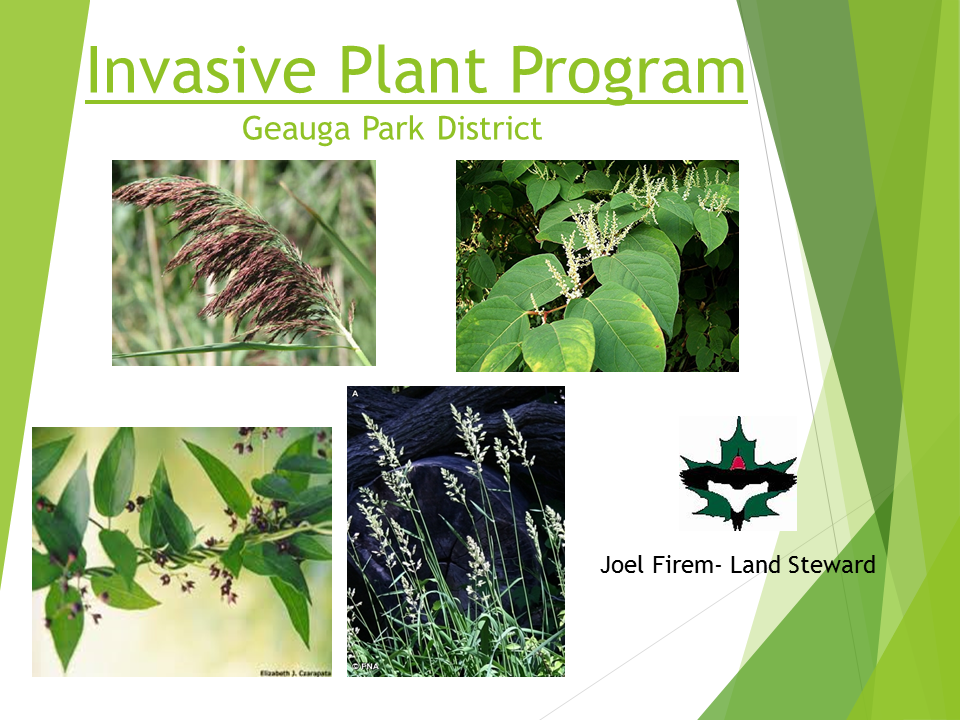
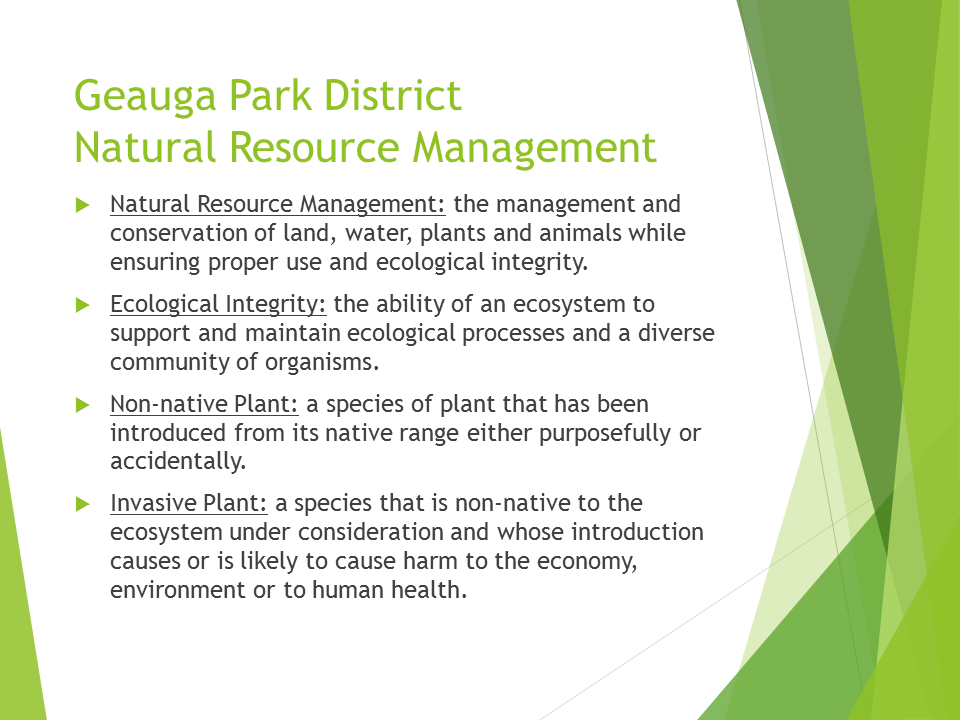

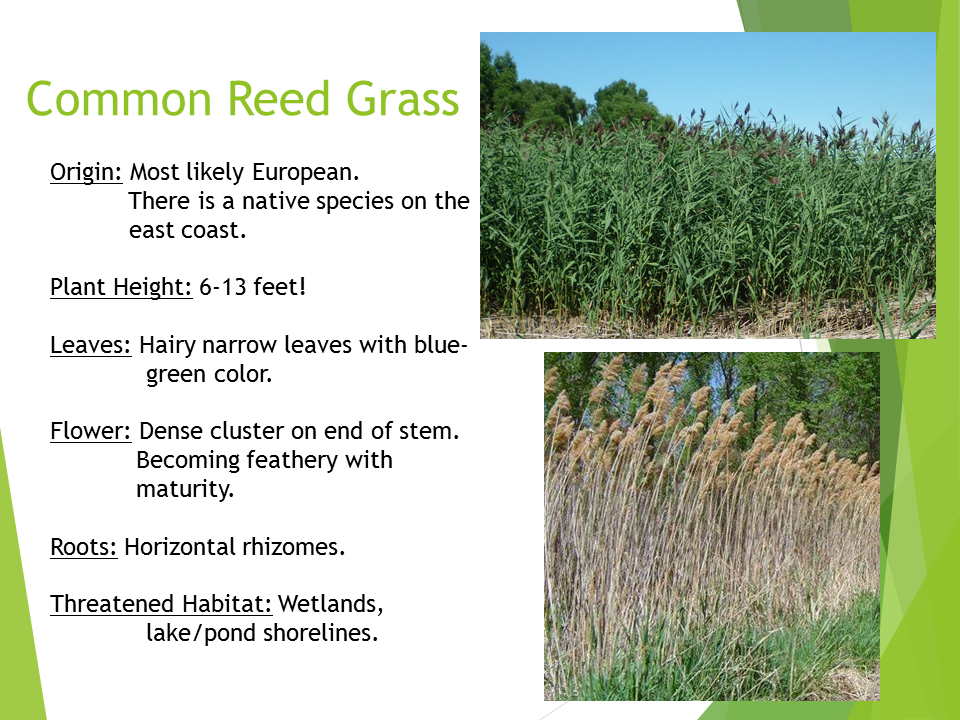
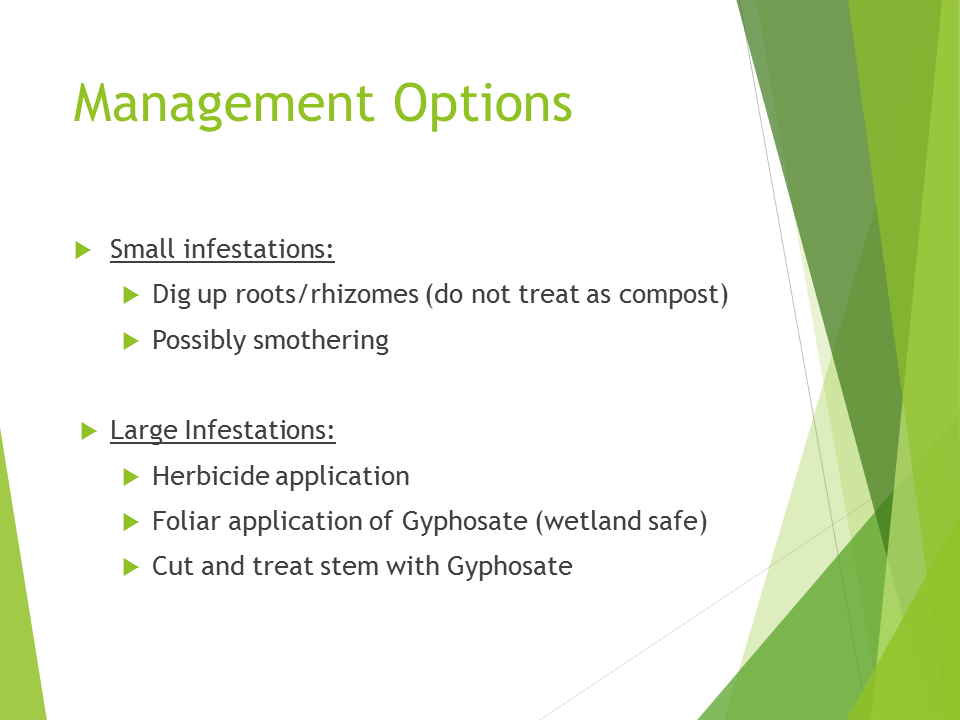
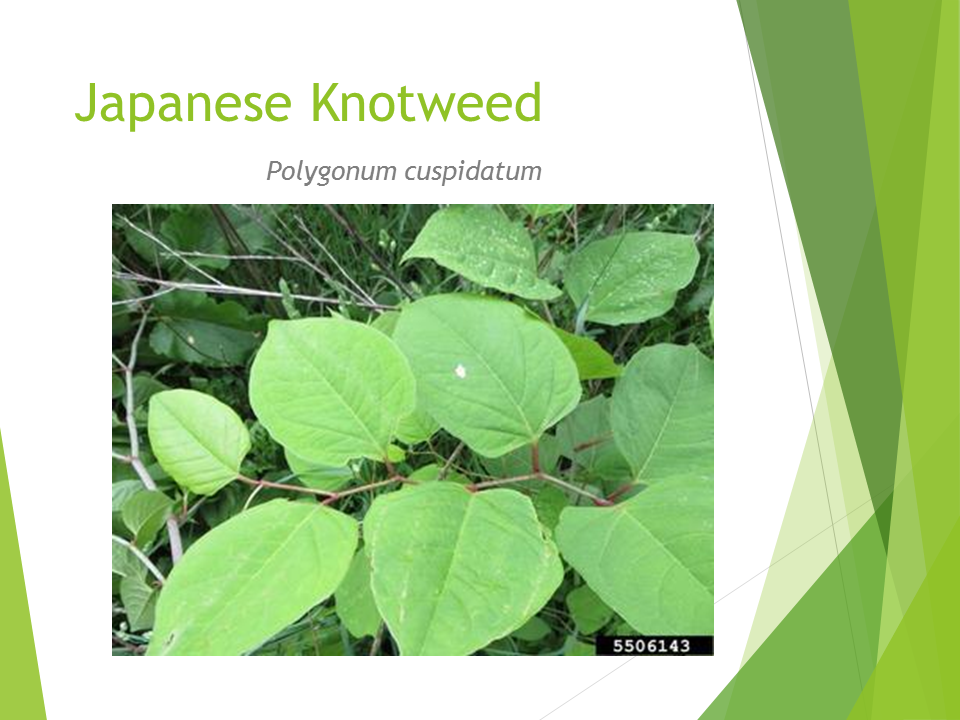
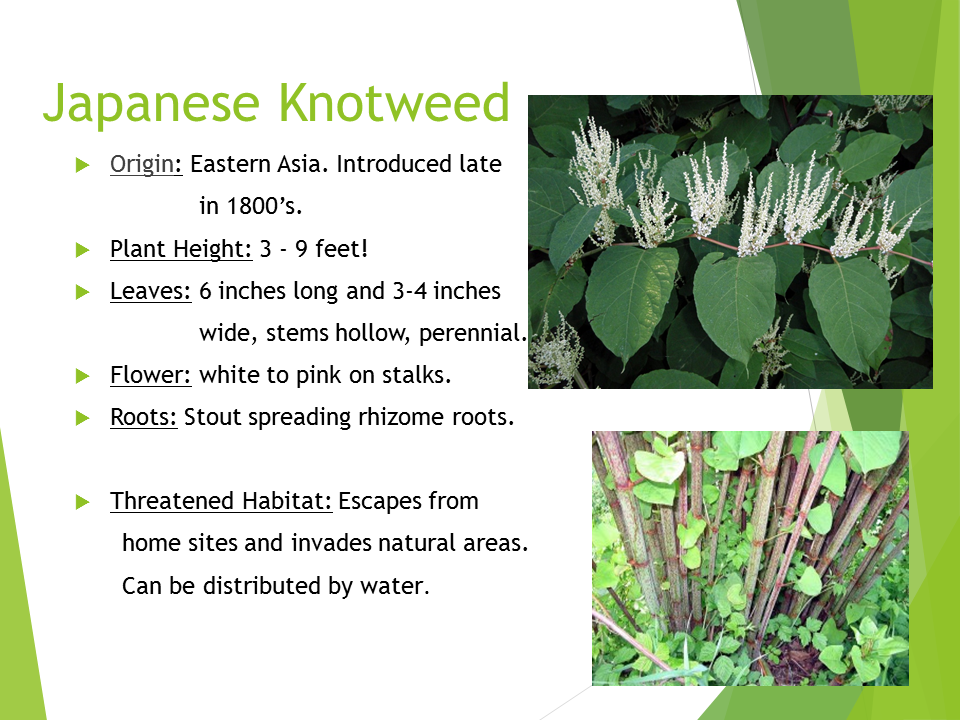
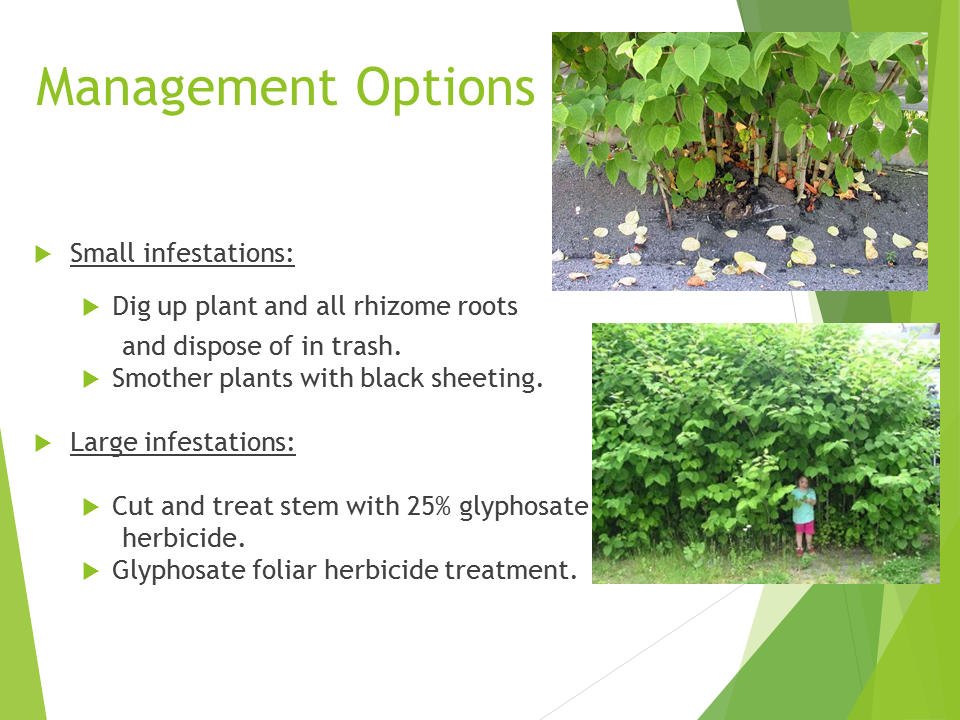
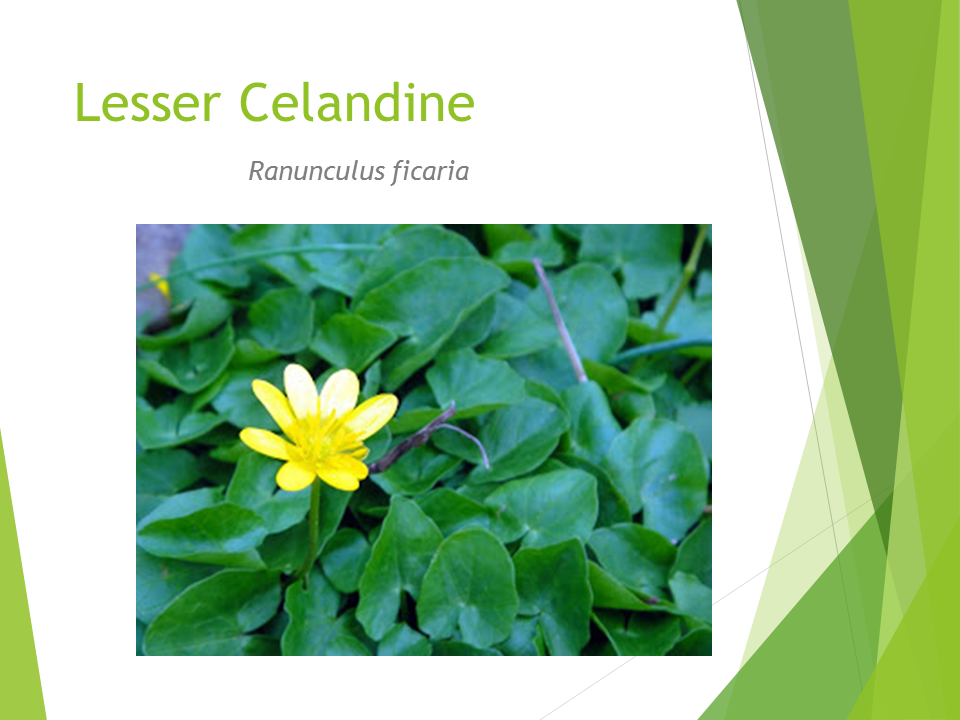
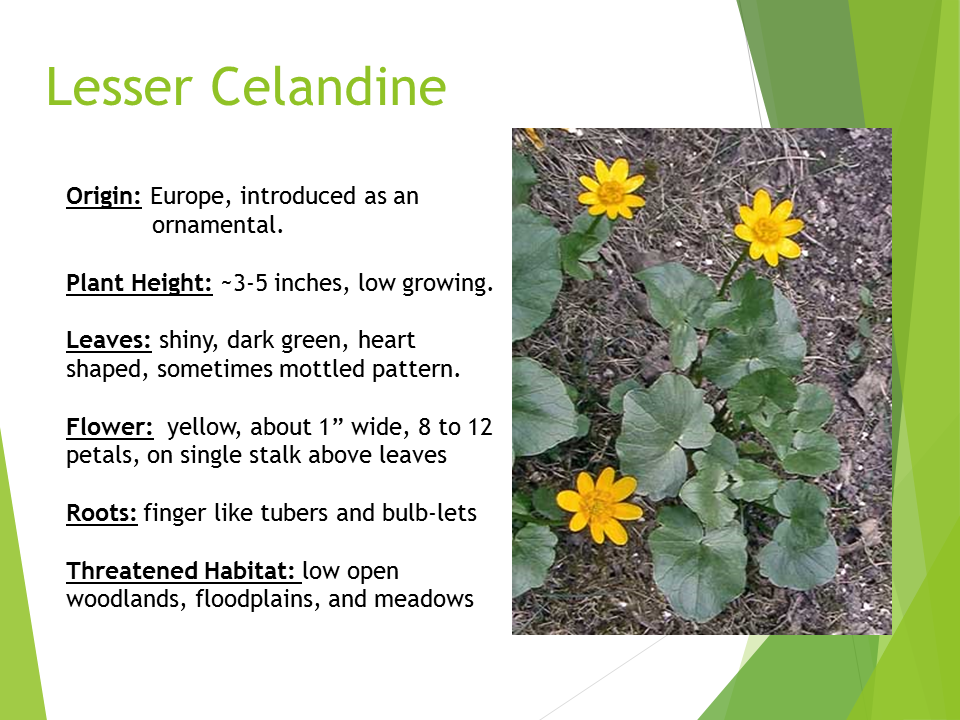
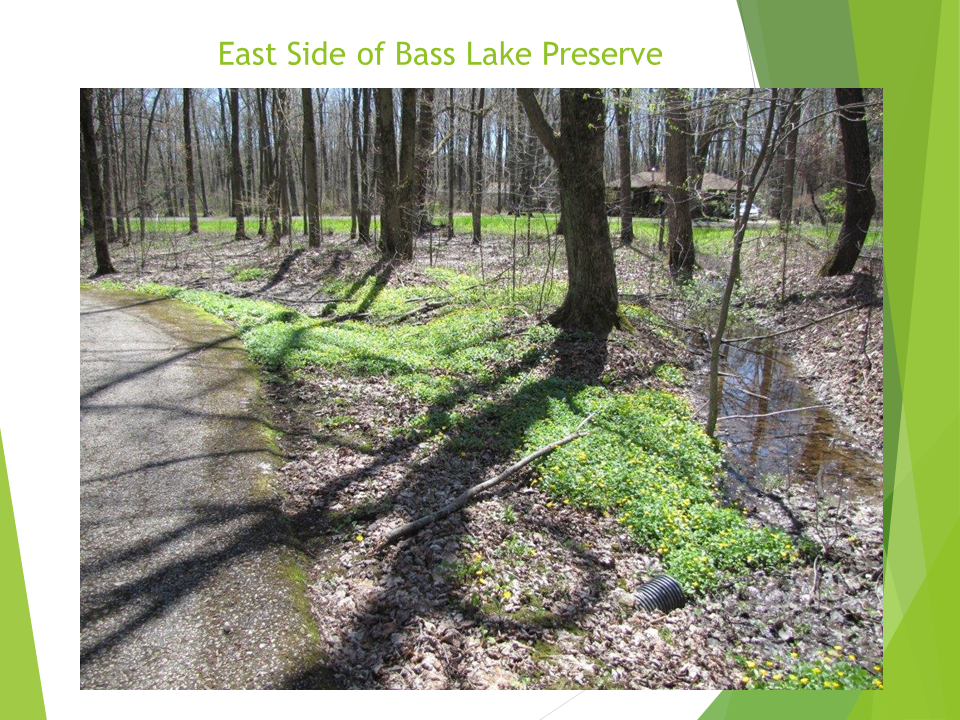
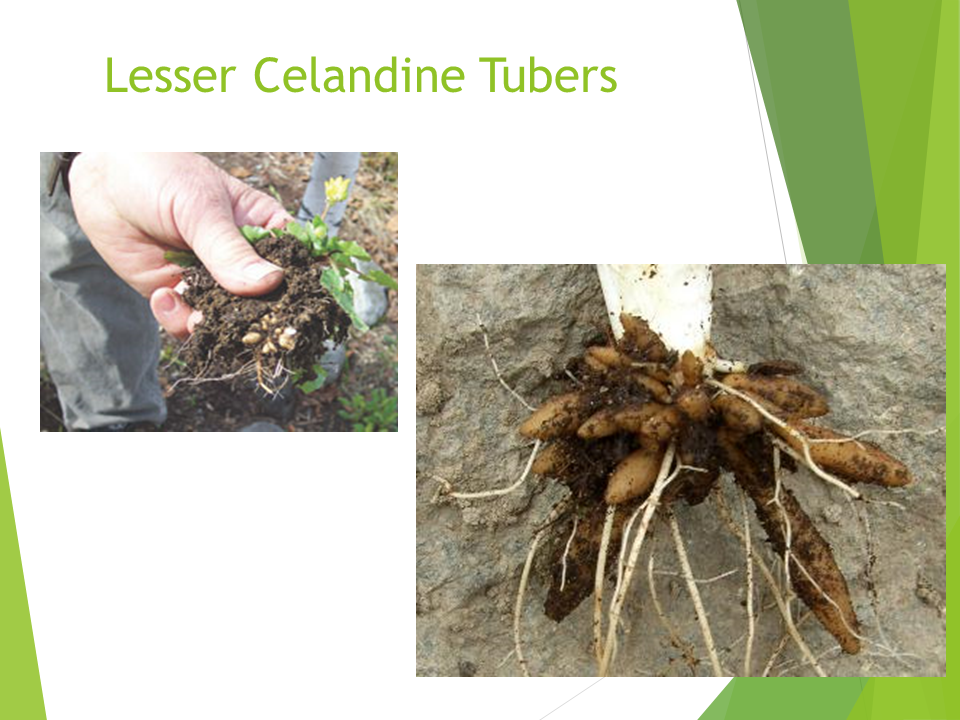
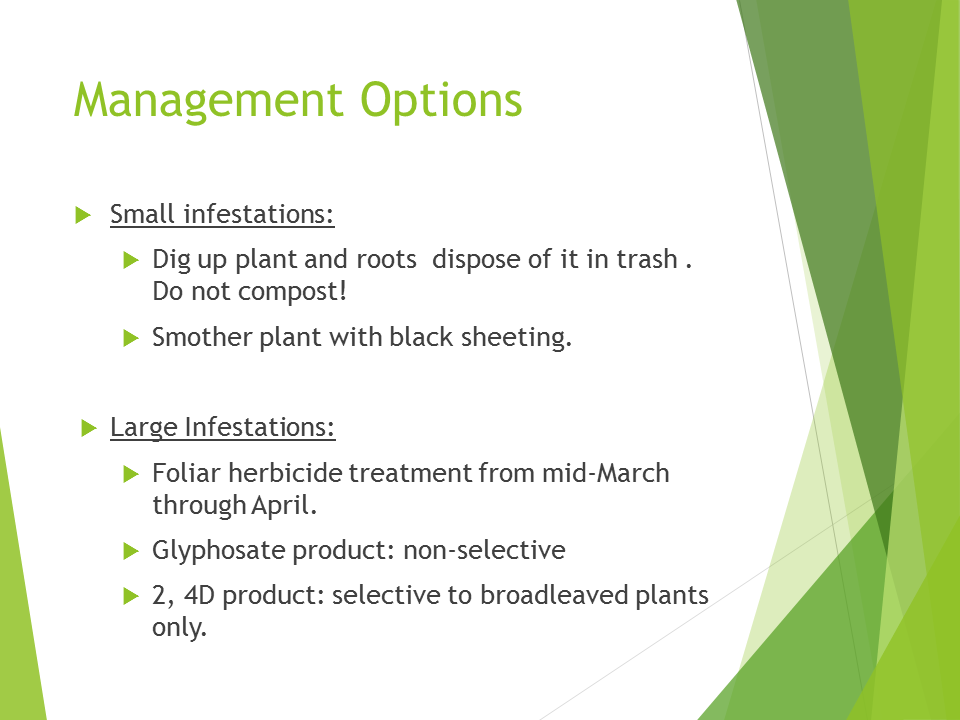
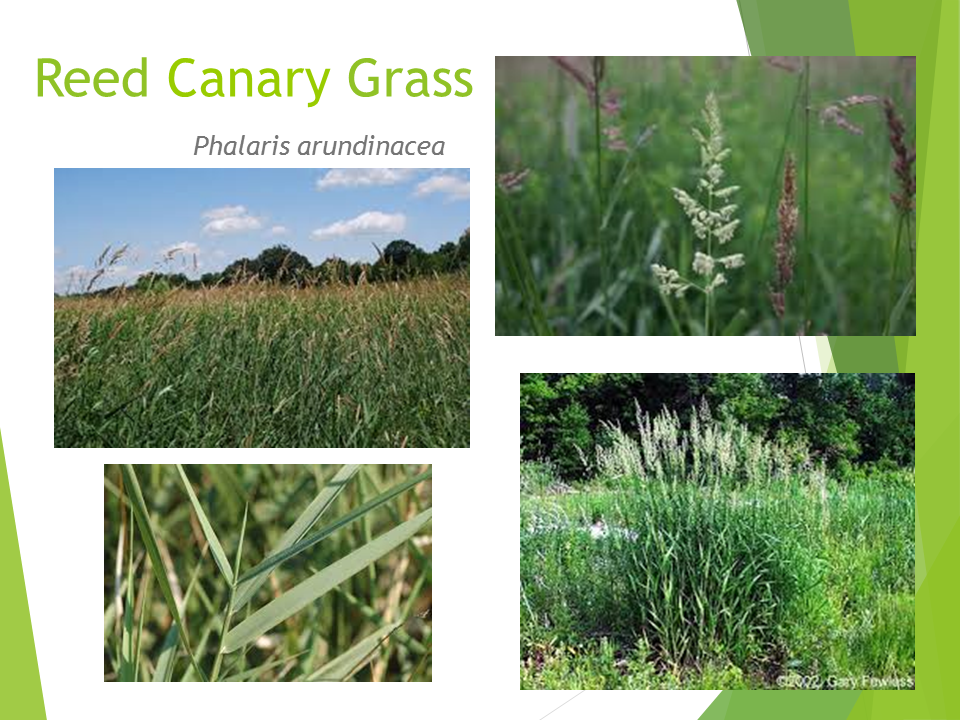
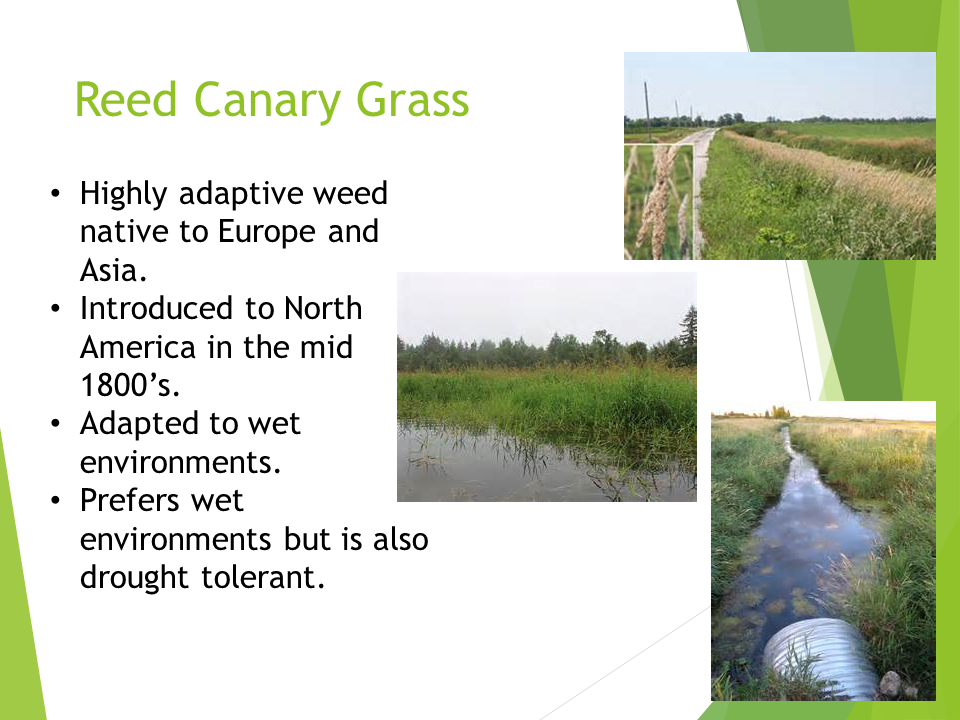
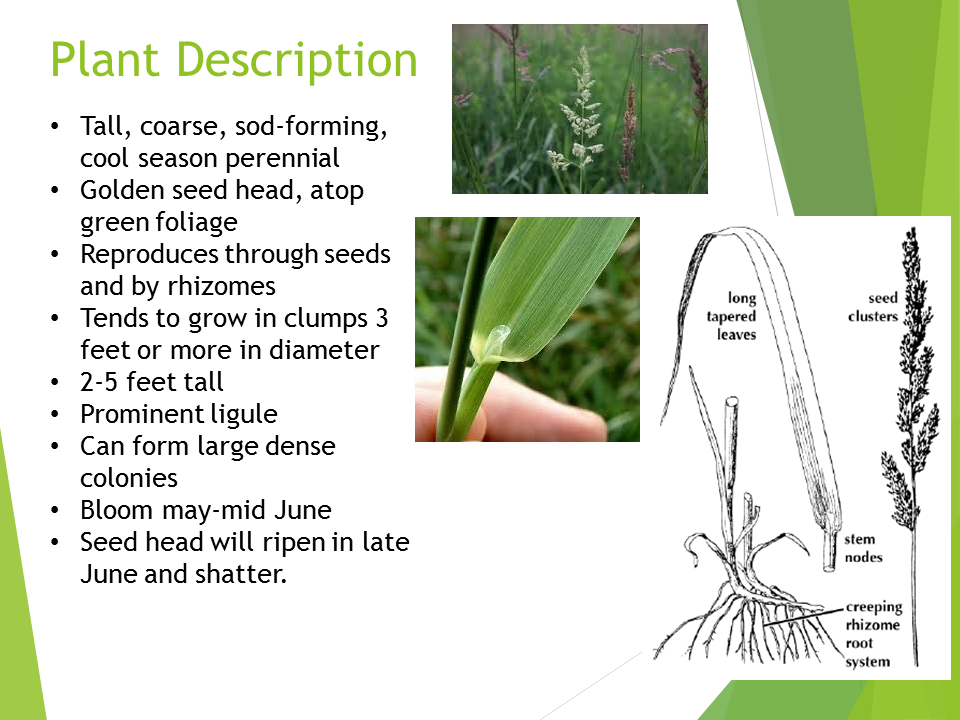
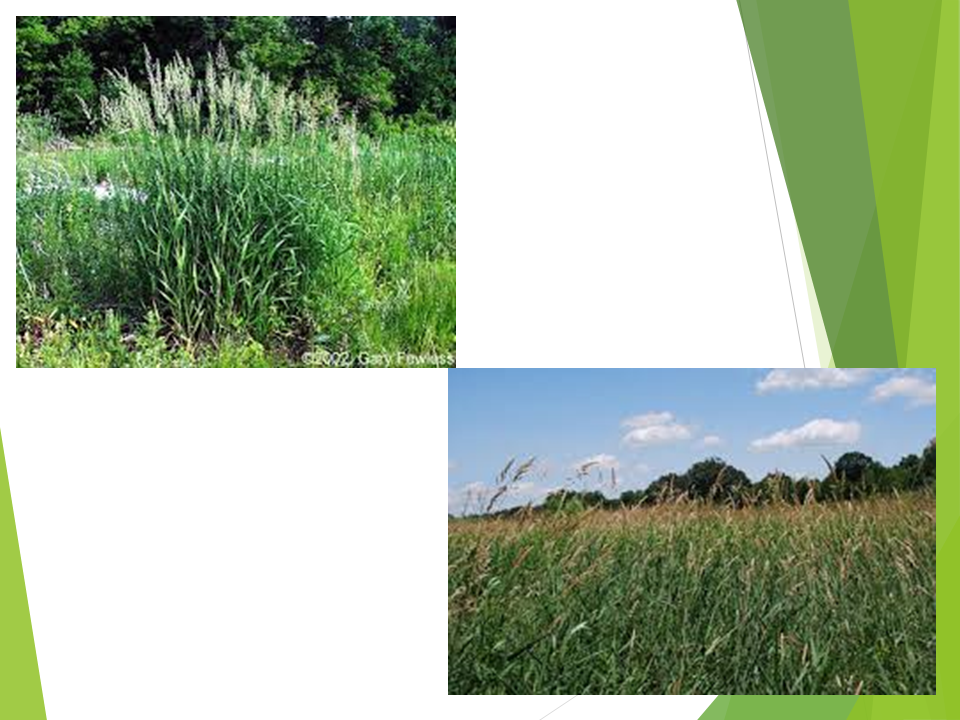
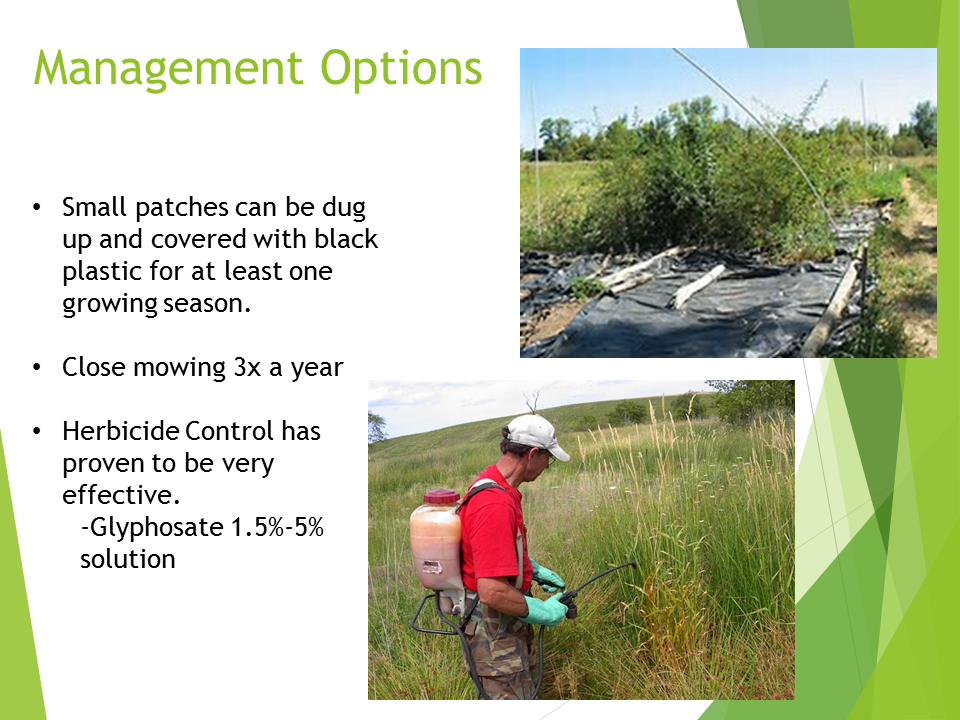
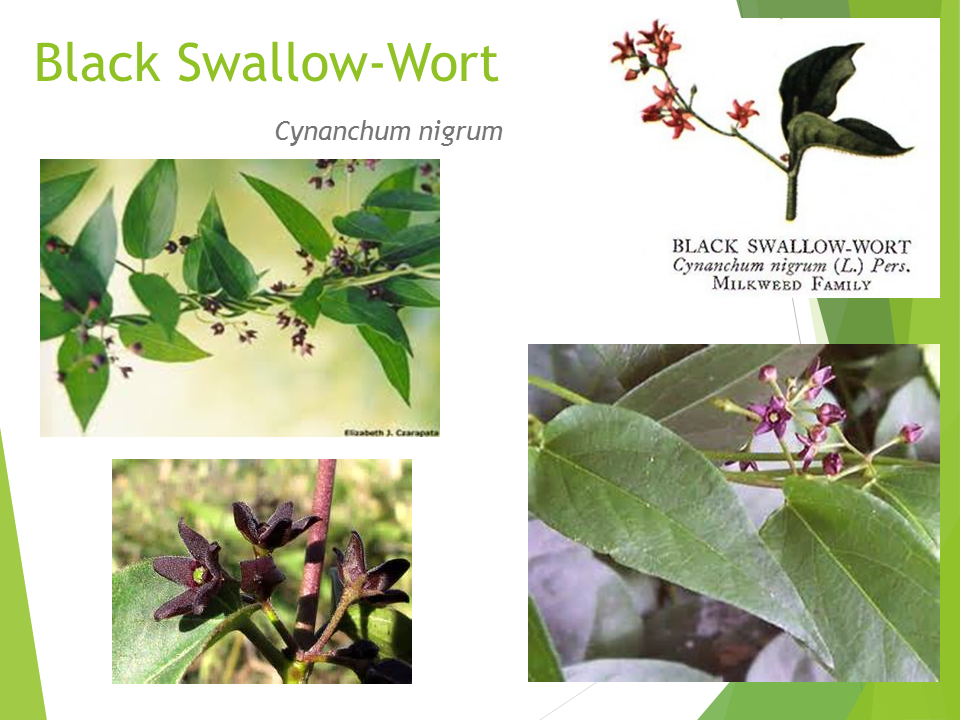
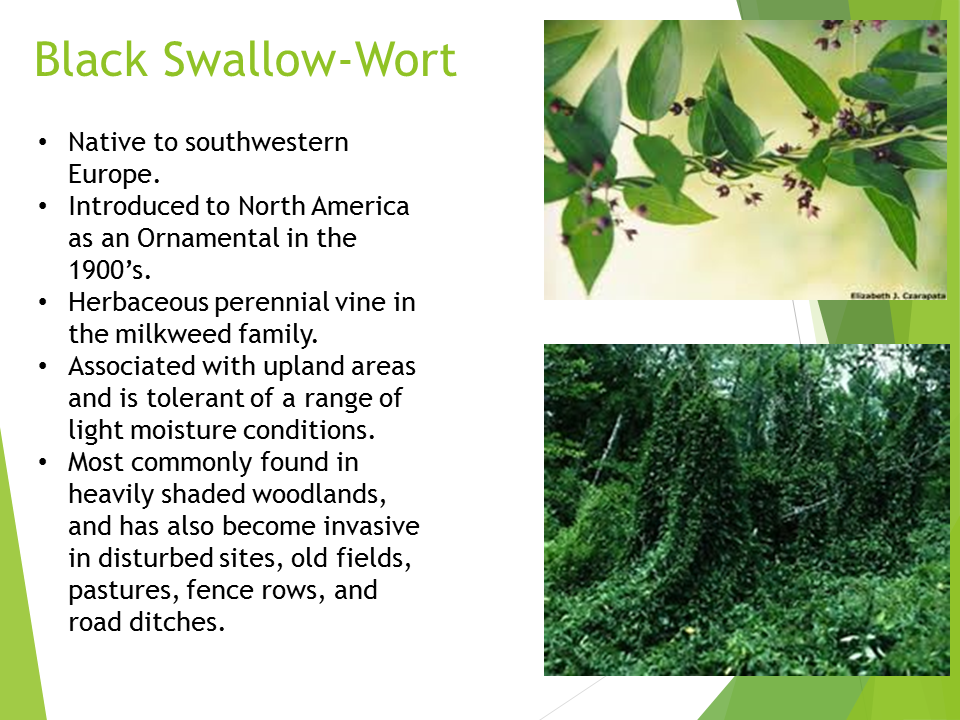
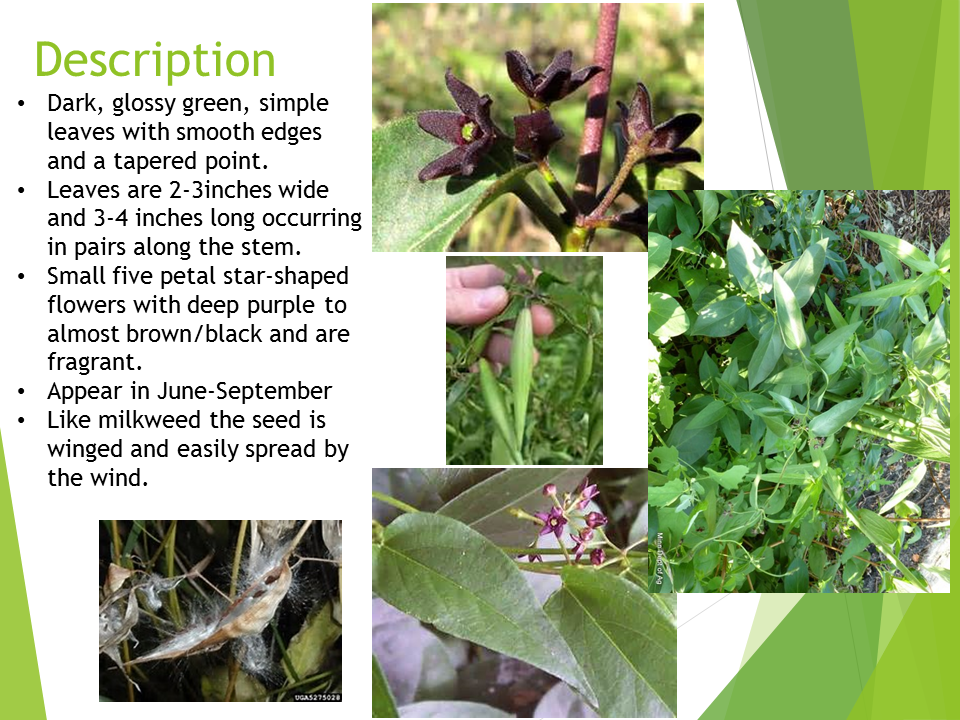

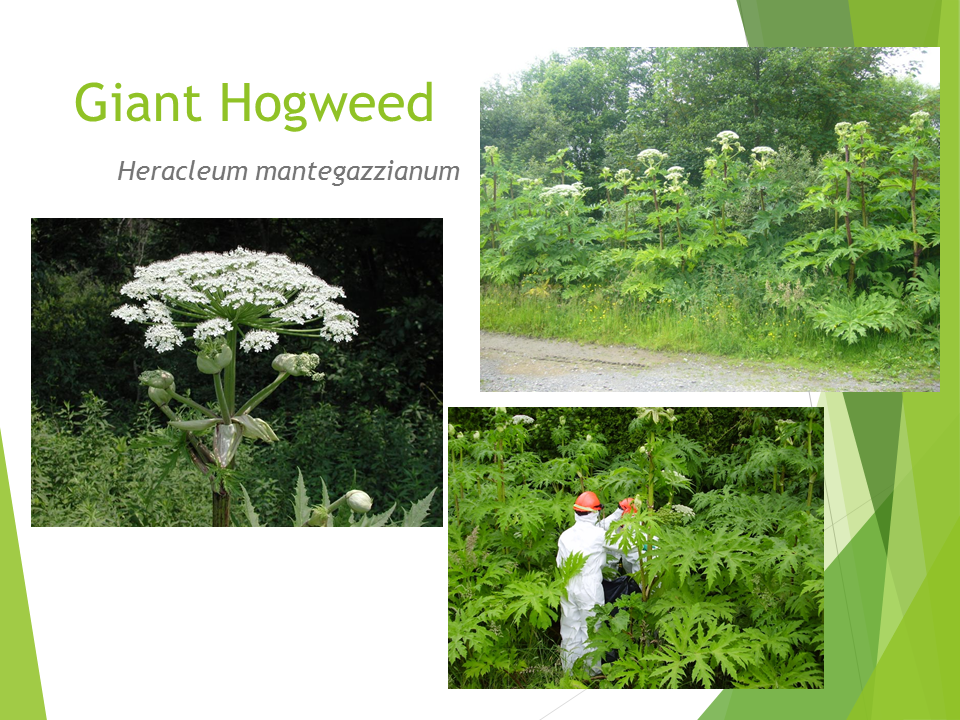
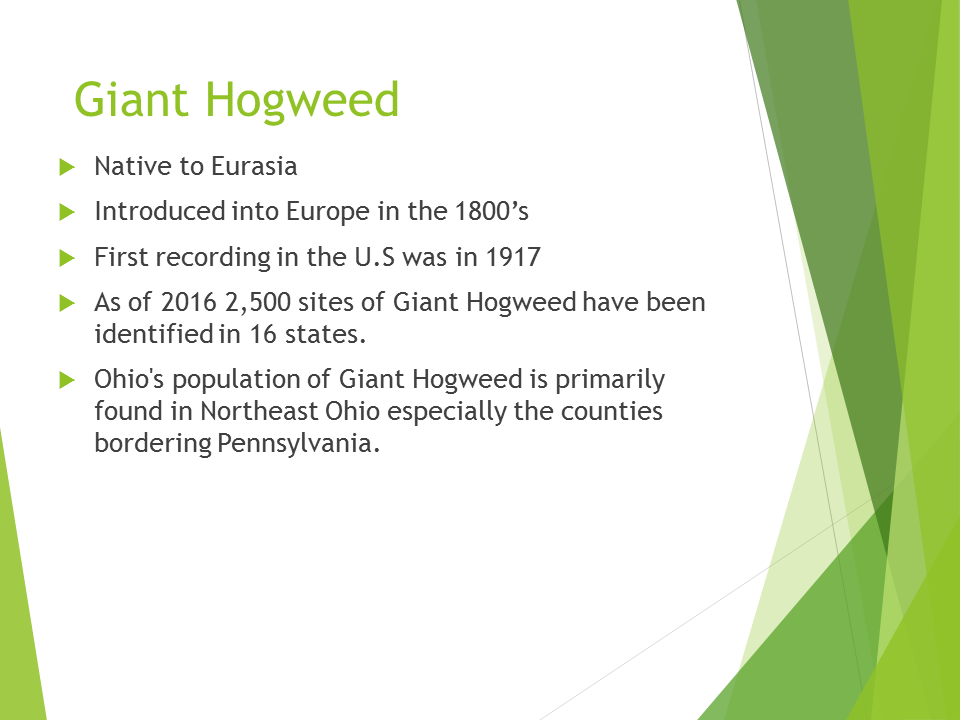
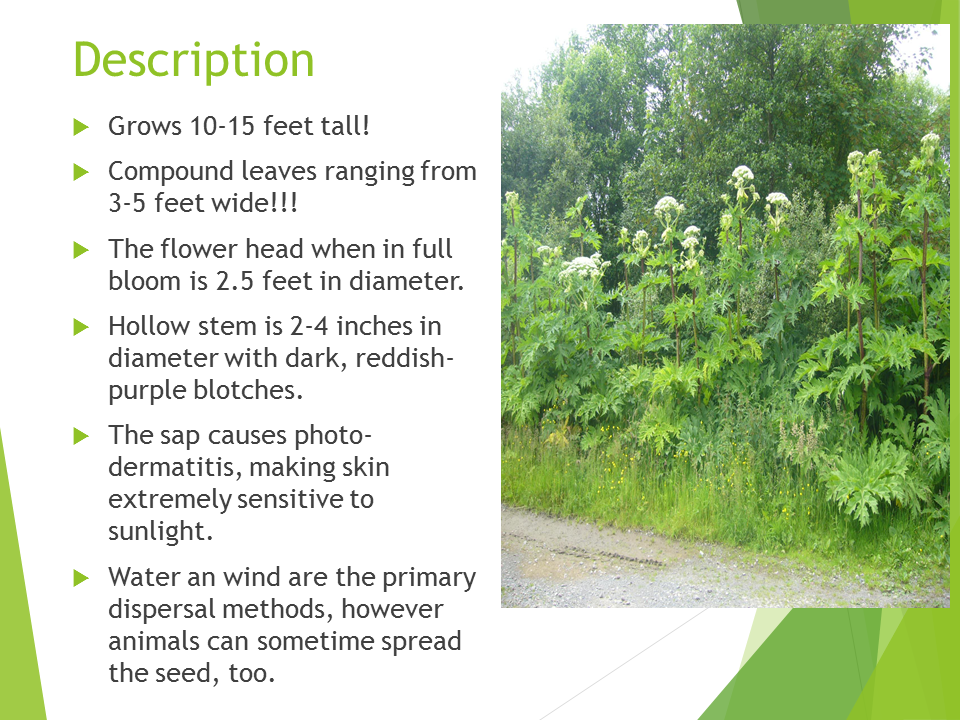
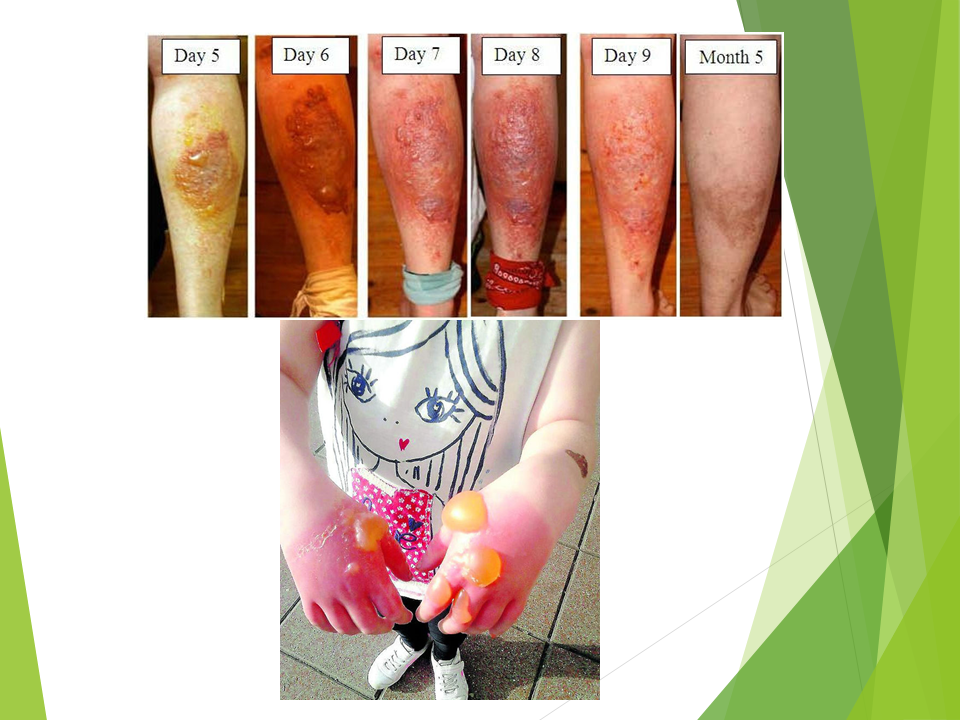
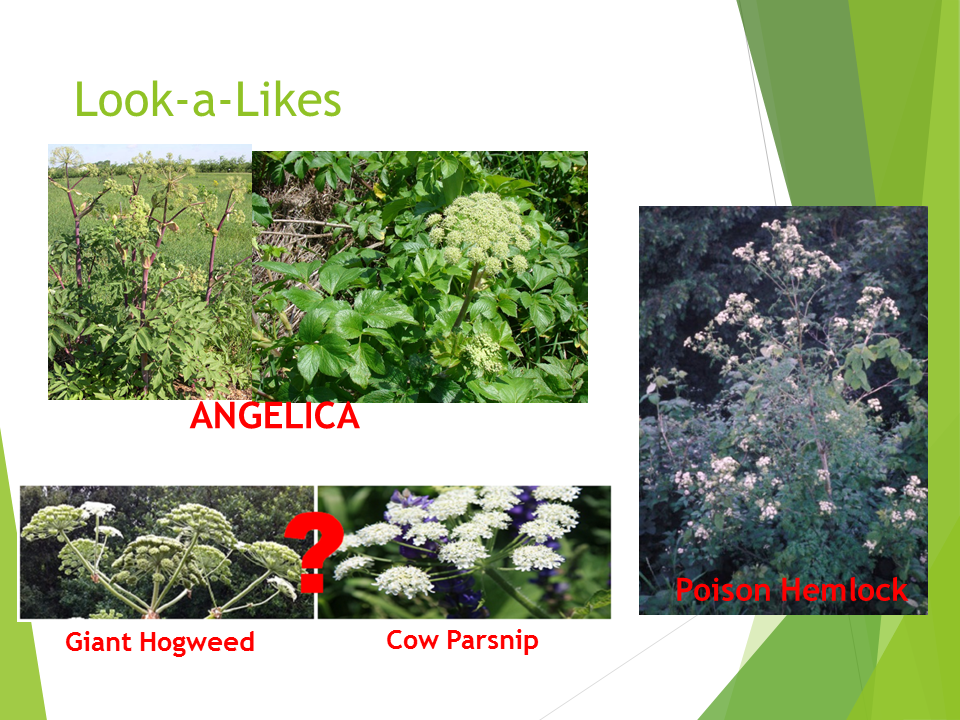
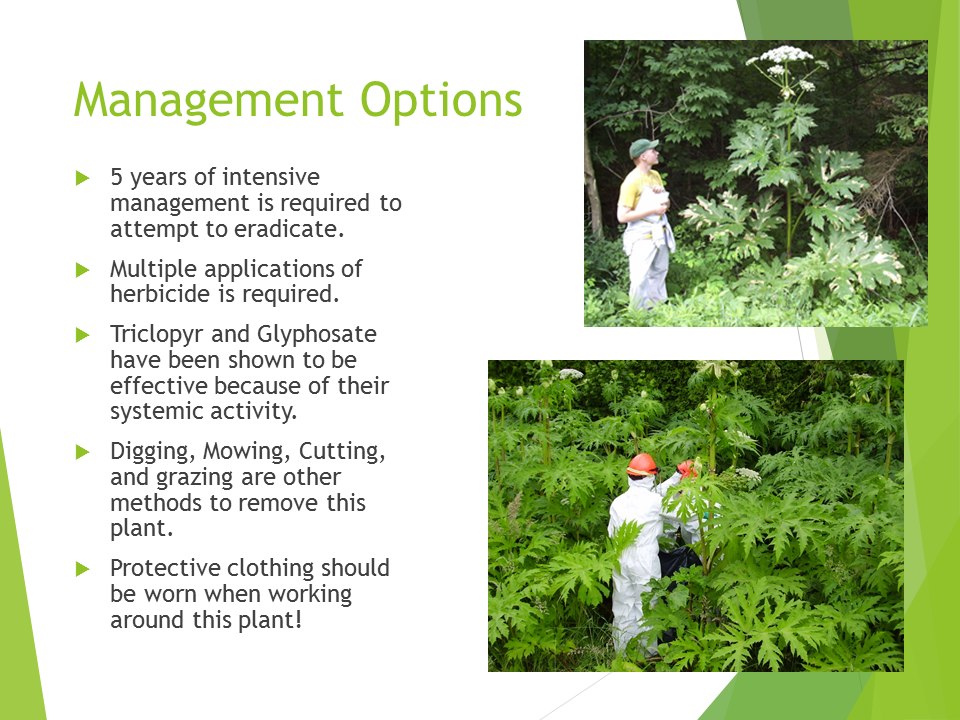
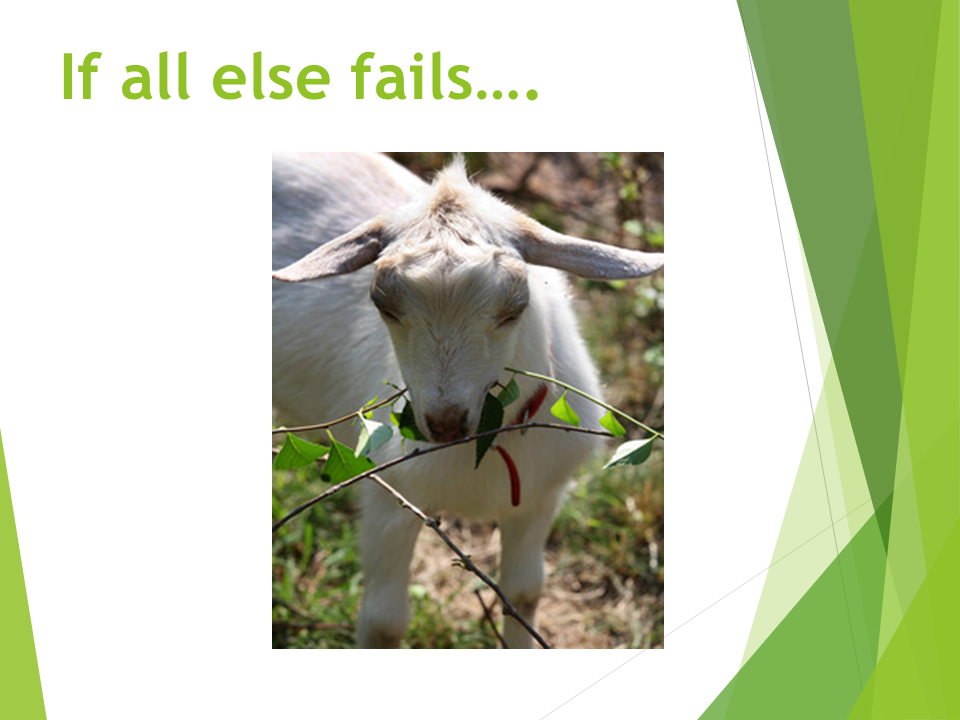

 ONAPA VOLUNTEER OPPORTUNITIES ✿ help protect Ohio's Natural Legacy |
This study goes on to say:
5000 alien plants established in U.S. natural ecosystems have displaced several native plant species. Alien weeds are spreading and invading approximately [1.7 million acres per] year of the U.S. wildlife habitat. One of these pest weeds is the European purple loosestrife (Lythrum salicaria), which was introduced in the early 19th century as an ornamental plant. It has been spreading at a rate of [284,000 acres per] year and is changing the basic structure of most of the wetlands it has invaded. Competitive stands of purple loosestrife have reduced the biomass of 44 native plants and endangered wildlife, like the bog turtle and several duck species, that depend on these native plants. Loosestrife now occurs in 48 states and costs $45 million per year in control costs and forage losses. (Citations omitted.)
Aim high.
- Ask for only non-invasive species when you acquire plants. Plant only environmentally safe species in your gardens. Work towards and promote new landscape design that is friendly to regional ecosystems.
- Seek information on which species are invasive in your area. Sources could include botanical gardens, horticulturists, conservationists, and government agencies. Remove invasive species from your land and replace them with non-invasive species suited to your site and needs.
- Do not trade plants with other gardeners if you know they are species with invasive characteristics.
- Request that botanical gardens and nurseries promote, display, and sell only non-invasive species.
- Help educate your community and other gardeners in your area through personal contact and in such settings as garden clubs and other civic groups.
- Ask garden writers and other media to emphasize the problem of invasive species and provide information.
- Request that garden writers promote only non-invasive species.
- Invite speakers knowledgeable on the invasive species issue to speak to garden clubs, master gardeners, schools and other community groups.
- Seek the best information on control of invasive plant species and organize neighborhood work groups to remove invasive plant species under the guidance of knowledgeable professionals.
- Volunteer at botanical gardens and natural areas to assist ongoing efforts to diminish the threat of invasive plants.
- Participate in early warning systems by reporting invasive species you observe in your area. Determine which group or agency should be responsible for reports emanating from your area. If no 800 number exists for such reporting, request that one be established, citing the need for a clearinghouse with an 800 number and website links to information about invasive plant species. [Note: The Early Detection and Distribution Mapping System (“EDDMapS”) is a web-based mapping system for documenting invasive species and other pest distributions.]
- Assist garden clubs to create policies regarding the use of invasive species not only in horticulture, but in activities such as flower shows. Urge florists and others to eliminate the use of invasive plant material.



